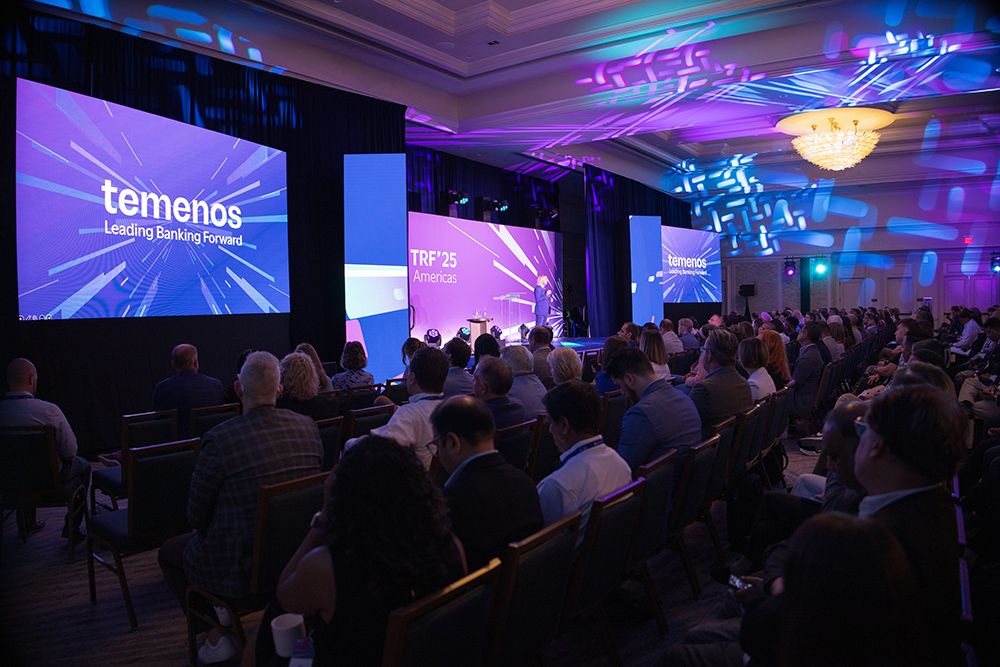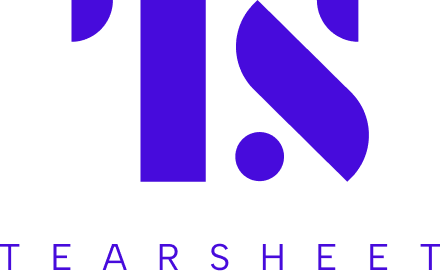The adaptability advantage: Why future-ready banks build for change while others just keep building
- Conversations at Temenos Regional Forum Americas 2025 revealed that banking is shifting from fixed systems to adaptable platforms, with competitive advantage now coming from continuous evolution rather than periodic overhauls.
- Industry leaders discuss co-creation models, progressive modernization, and how ecosystem partnerships are reshaping banking technology implementation strategies.

The conversations at Turnberry Golf and Resort in Aventura, Florida evolved to show that the industry has finally figured out how to balance innovation with stability — and why having teams that understand both vendor and customer perspectives makes all the difference.
After two days of conversations with banking executives, technology leaders, and implementation specialists at the Temenos Regional Forum Americas 2025 in Aventura, it became apparent that the industry is in the midst of a fundamental architectural shift. While much attention focused on AI adoption and customer experience transformation, the most profound changes are happening at the infrastructure level — in how banks are building platforms designed for continuous evolution rather than periodic overhaul.
Walking through the final sessions at Turnberry’s convention center, you could sense that this platform approach represents the synthesis of everything the industry has been learning: the practical realities of AI implementation, the imperative for seamless customer experiences, and the recognition that competitive advantage increasingly comes from adaptability rather than stability.
The platform imperative: Beyond point solutions
The most compelling story of the forum came from the announcement of a new Orlando Innovation Hub. While the facility itself represents a significant investment in US market presence, the underlying strategy reveals something more fundamental about how banking technology is evolving.
“We’re actually the first tenants in the space,” noted Barb Morgan, Temenos Chief Product and Technology Officer, describing the new facility during our conversation. “But it’s all about being able to do the design workshop, but then the space can transform to now doing the co-development together, and then we can transform the space and even replicate their customers.”
This physical manifestation of platform thinking — spaces that can be reconfigured for different purposes — actually mirrors what’s happening in banking software architecture. Successful institutions are moving away from fixed systems and toward platforms that can be continuously adapted.
The ecosystem advantage: Learning from customer experience
Temenos CEO Jean-Pierre Brulard, reflecting on extensive customer conversations during his 145,000-mile listening tour, articulated this shift toward platform building: “Leading banking forward together… The reason why this journey is not only about one company, it’s about our community.”
This ecosystem-centric approach reflects a fundamental truth about modern banking technology: no single vendor can solve all problems, and no single institution can innovate in isolation. The winning strategy is building platforms that enable ecosystems.
Speed-to-market
With its concentration of incumbent core banking providers, the U.S. is particularly challenging for firms domiciled outside to penetrate. Will Moroney, Temenos Chief Revenue Officer, described the competitive landscape, putting the challenge in stark terms: “The United States is a large and complex market. It actually makes up 56% of all core banking spend globally. And it’s three major incumbents that are involved there.”
For Temenos, continuing to expand into a market dominated by established players requires demonstrating operational capabilities that match or exceed what customers are already receiving. For institutions considering multi-million-dollar, multi-year technology implementations, vendor responsiveness is a fundamental requirement.
The platform approach enables what EQ Bank’s Geoff Vona described as a “continuous delivery stream right through to our core banking so that releases are just happening constantly and safely. Full automation across the whole spectrum.”
This continuous delivery model also changes the economics of banking technology. Instead of major upgrades every few years, banks can evolve continuously, responding to market changes and customer needs in real-time.
The SaaS foundation strategy: Progressive modernization
A significant development discussed at the forum was the emergence of SaaS foundation platforms, which represent a new model for how banks can approach technology modernization. Rather than the traditional “rip and replace” approach, these platforms enable what Brulard called “progressive modernization.”
The strategic implications are significant, but implementing this approach successfully requires teams that understand both the technical possibilities and the organizational realities of banking transformation. Having product leaders with experience on both sides of vendor-customer relationships proves crucial in designing platforms that actually work in practice.
Sai Rangachari, Temenos’ Chief Product Officer, has experience working in both banks and fintech companies. “For us, to embed AI into our products is more immediately usable for the customers… the bank’s operations, the people, the process are already there. So when we go and add in AI, the friction for adoption is much lower.”
The co-creation model: When customers become partners
The platform strategy enables co-creation between vendors and customers. Traditional banking technology relationships have been largely transactional: vendors build, customers buy, implementation teams integrate.
The new model is different. As Temeno’s Erik Johnson, head of product design, described: “We provide a platform, and then we get to collaborate with banks to make it their own. So that means we’re not just building one product, we’re building an infinite number of products.”
The results of co-creation are tangible. Morgan described how her firm’s Product Manager Copilot “was actually co-created with two of our large banks, one here in the US, with Commerce Bank.” More than just customer input on vendor-driven development, it’s a real partnership in creating solutions.
The competitive future: Adaptability as advantage
Temenos’ three-part transformation — intelligent systems, competitively good experiences, and adaptive platforms — creates new forms of competitive advantage that are difficult for competitors to replicate. It changes the rules of the game. Instead of competing over best single features or the lowest prices, the focus has now shifted to building organizational and technological capabilities that can evolve faster than the market.
The institutions that succeed in this environment will be the ones that master the integration of all three elements: deploying AI responsibly and effectively, creating genuinely enjoyable customer experiences, and building platforms that can adapt to whatever comes next.


